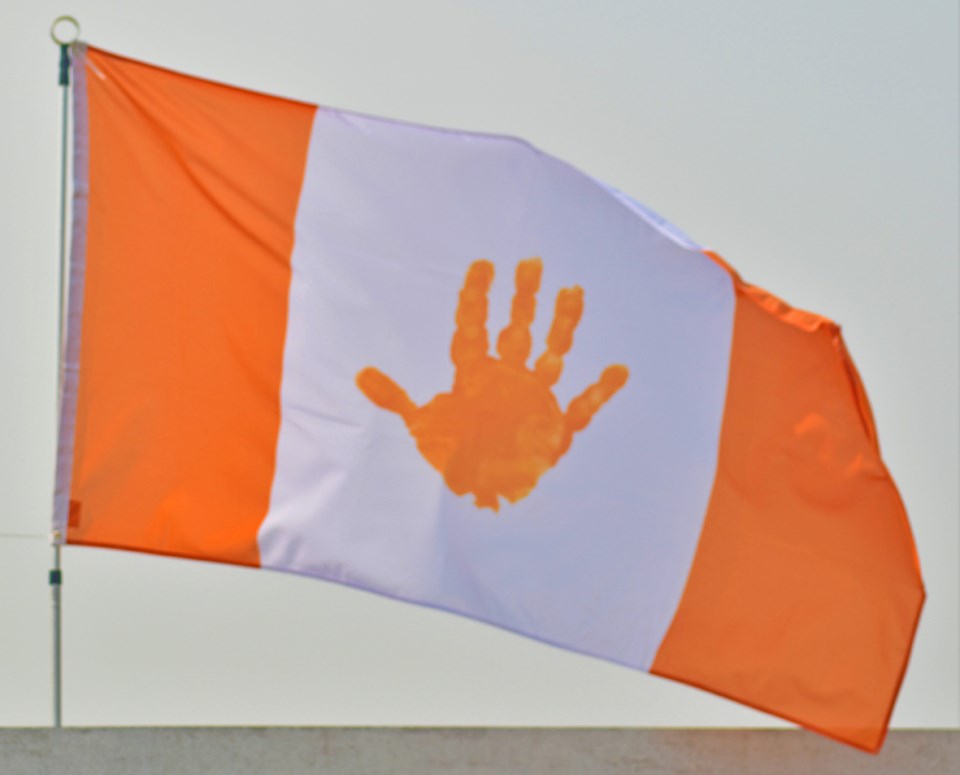SASKATOON — The Federation of Sovereign Indigenous Nations (FSIN) Executive says it stands in support of Keeseekoose First Nation as they move forward with the findings of their ground penetrating radar repatriation work.
On Tuesday, GPR work discovered 54 possible unmarked graves of children that didn’t make it home from the two residential schools — St. Phillips Indian Residential School and Fort Pelly Indian Residential School — on the Keeseekoose First Nation
FSIN Chief Bobby Cameron said they understand what the Keeseekoose community is feeling and going through right now with the tragic discovery of the possible remains of Indigenous children that lost their lives while attending residential school.
“We understand the enormous loss and mourn with the families with children that didn't make it home. All levels of government have a moral and ethical responsibility to address these harms immediately,” said Cameron.
“Canada and the Church have a lot of work to do in addressing the horrific history that resulted in the thousands of children not making it home. We will not allow them to cover up this disturbing history from the world. These acts of genocide are being documented by our people within Saskatchewan.”
The findings of gravesites at Keeseekoose First Nation were led by Elders and survivors that attended the residential schools and gave their oral testimony to the GPR experts.
Keeseekoose Chief Lee Ketchemonia said the discovery is proof of stories told to them by survivors of the two residential schools.
“Oral storytelling and traditions were central in truth-telling for every survivor that attended [St. Phillips] and [Fort Pelly]. These 54 children will now have a chance to be honoured and remembered as they should have many years ago,” said Ketchemonia.
“Elders and survivors welcomed GPR in the validation of these stories and records as vindication of survivors’ testimonies. We hope all information collected and reported will bring our community one step closer to reconciliation and closure.”
The Federation of Sovereign Indigenous Nations represents 74 First Nations in Saskatchewan. The Federation is committed to honouring the spirit and intent of the Treaties, as well as the promotion, protection and implementation of the Treaty promises that were made more than a century ago.



